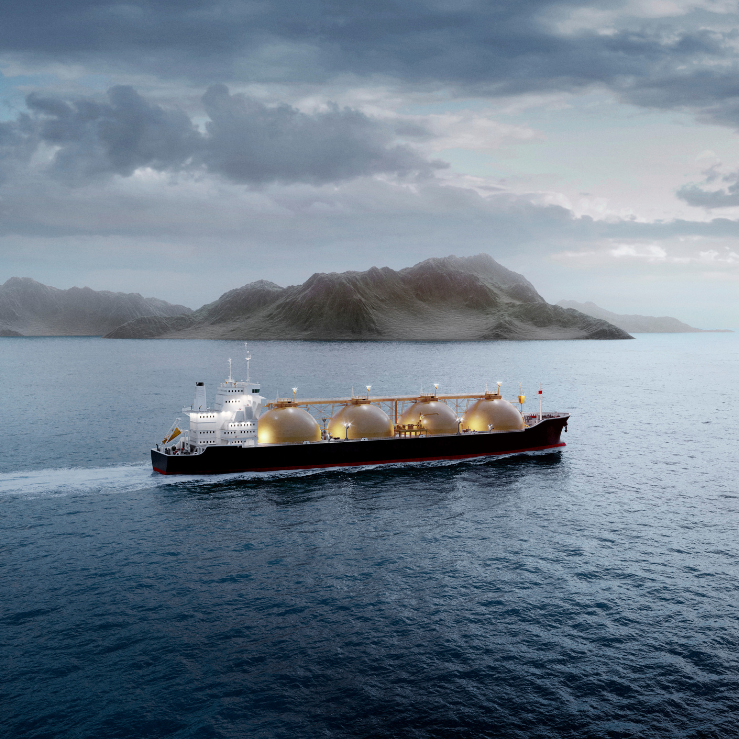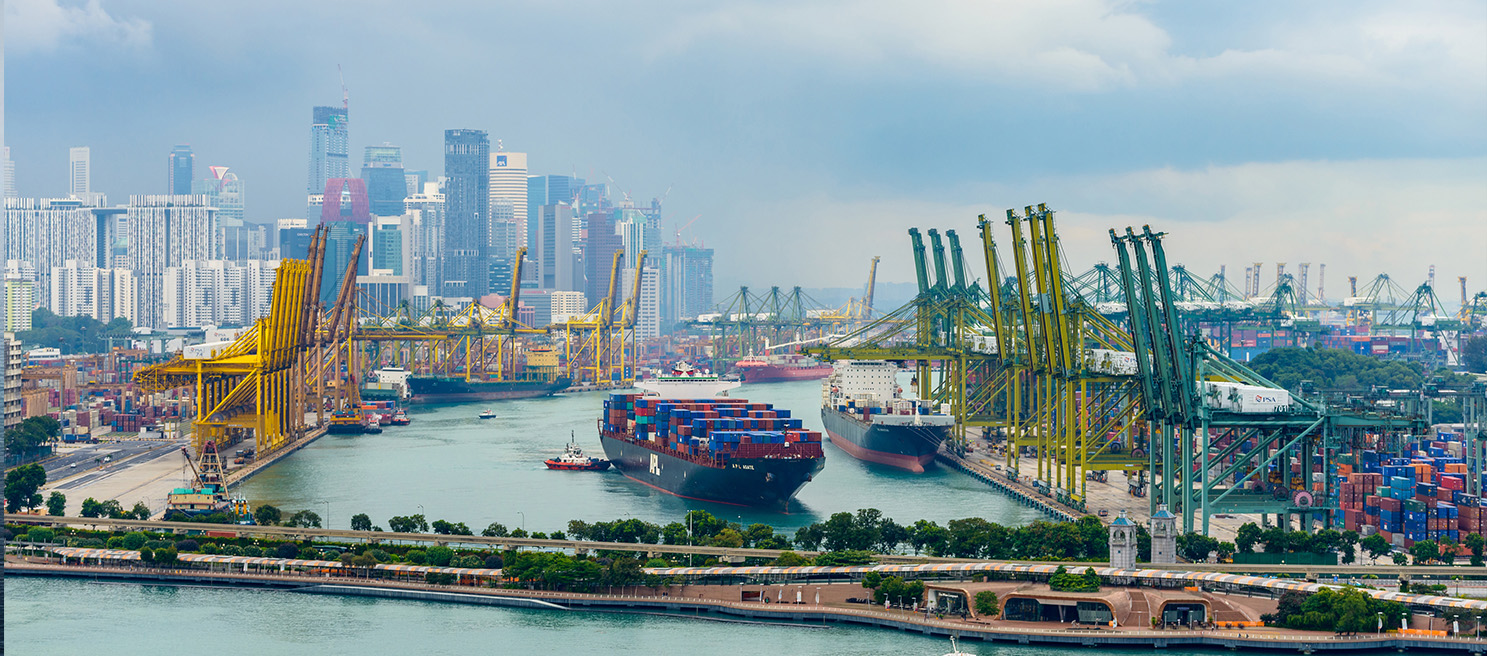
Singapore’s primary LNG infrastructure is anchored by the SLNG Terminal, commissioned in 2013. While it plays a crucial role in national energy security, supplying approximately 50% of Singapore’s natural gas demand (primarily for power generation), only a small fraction of its throughput is used for marine bunkering. Loading LNG Bunker vessels (LBV or small scale LNGC) at this terminal is limited by berth availability, particularly when larger LNG carriers (LNGCs) are unloading cargo, which takes priority over LBV loading operations.
LNG bunkering in Singapore is currently supported by three key vessels: the FuelLNG Venosa (Shell/Keppel joint venture), FueLNG Bellina and the Brassavola, which is shared between Shell and TotalEnergies on an alternating daily basis. Additional flexibility is provided through ship-to-ship transfers from Shell’s passing LNG carriers, mitigating loading bottlenecks at the terminal.
Malaysia supports LNG bunkering via Petco, currently using two bunker barges (Paolina Cosulich, Avenir Advantage), which are generally loaded at a Floating Storage Unit (FSU) located at Kukup Anchorage. This floating storage setup was introduced due to congestion at onshore terminals and enables more flexible loading operations near Singapore’s western maritime corridor.
Looking ahead, Singapore plans to commission a second LNG terminal by 2030 near Jurong Port. This offshore floating storage and regasification unit (FSRU) is expected to add 5 million metric tons/year in throughput capacity and provide one additional loading berth—though again, the primary focus will be shore-based demand.






